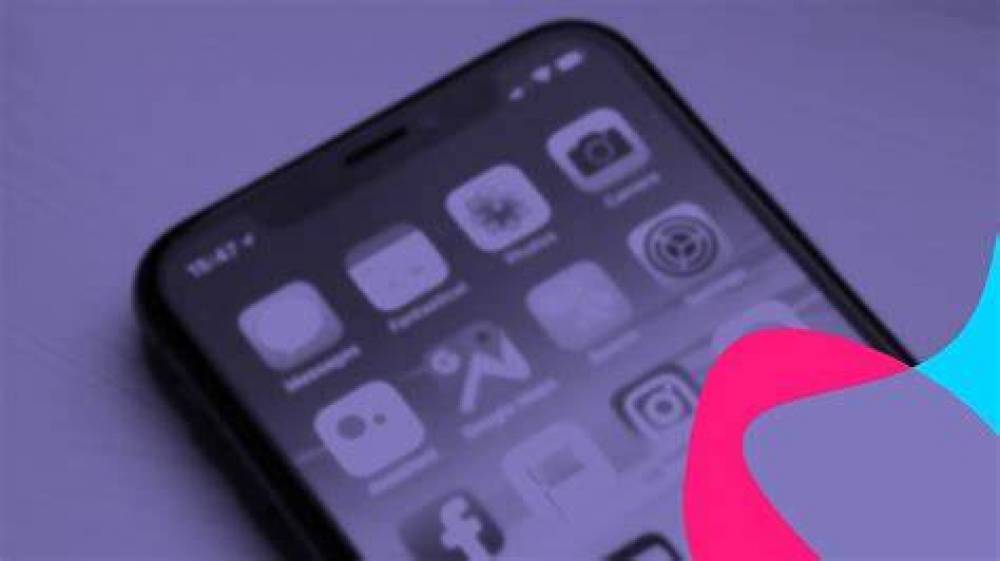
4 Ways To Drive Mobile App Engagement
There are several factors that contribute to a mobile app's success, such as its user interface and overall design, as well as its speed and usefulness. Your consumers' loyalty will be earned only if they have a pleasurable shopping experience. You want users to enjoy the software and come back often. Before you begin thinking about how to drive mobile app engagement, you must first familiarize yourself with the metrics and KPIs you'll be employing.
Metrics and KPIs Of Mobile App Engagement
- Active Users: An app's usefulness can be gauged by looking at how many people return to it on a regular basis, which is known as its "active users" measure. This can be tracked on a daily or monthly basis.
- Retention Rate: This metric measures the percentage of your app's users who return. You can see how many users you're kicking out of the system. Monthly active users (MAUs) divided by monthly installs (MMUs) is a common way to calculate MAUs. Other programs, on the other hand, may be more suited to gauging a different aspect of an installation.
- Churn Rate: The number of users that have left your service (by percentage).
- Session Length: Each time a user launches your app, this indication shows how long they were there. The amount of time spent in the app is a good indicator of how much the user enjoys it.
4 Ways To Drive Mobile App Engagement
1. Push notifications should be used wisely
As a key form of user interaction, push notifications are commonly used by apps, however many of these apps use them inappropriately. This results in the majority of app users opting out of push notifications because they're delivered at the most inconvenient times, such as when they first open the app.
2. Simplify Social Sharing
One of the many ways an app can improve user engagement is through social sharing, which increases the app's visibility. You should make it as simple as possible for users to share anything from your app, such as game high scores, fitness milestones, or any other stuff that is worthy of sharing. When it comes to social sharing, though, you don't want it to be an invasive feature of your app; rather, you should only present the option when it makes sense, or better yet, make the option accessible. When your app's content can be easily shared, it encourages users to spend more time in it.
3. The use of deep linking should be increased
When a user clicks on a deep link, he or she is taken directly to your app, rather than your website's homepage. The time that users save when looking for your program can be used to improve the user experience. However, how might deep linkages be made more effective?
Deep linking for mobile apps is made possible by mobile advertising, push notifications, and in-app messaging. Personalizing push alerts is essential for this reason. Deep linking boosts app engagement by saving users' time, displaying relevant material at the right moment, and making navigation practically painless when properly handled.
4. Invest in re-engaging users
Instead of solely focusing on attracting new users to your app, you should also try to entice those you've already spent a lot in to return. There is a downward trend in user retention and engagement when existing users are ignored by an app. If onboarding new users appears to be a challenge, re-engaging users could be a great way to boost mobile app engagement.

